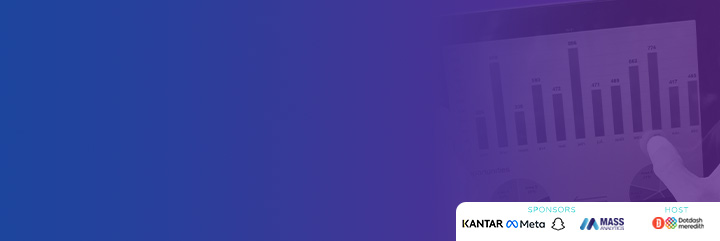- Past Event Highlights
- Article
Evidence-Based Social Media Advertising: Two Field Experiments
Prof. Rachel Kennedy – Associate Director (Product Development), Ehrenberg-Bass Institute for Marketing Science
Beginning her discussion, Rachel Kennedy (Ehrenberg-Bass Institute) noted that Artificial Intelligence (AI) and other developments in computational advertising could mean key media principles, developed for traditional advertising, no longer apply. She examined empirical evidence, primarily focused on traditional media, which validated the idea that for media to thrive, it must consistently reach category buyers with both continuity and recency. Nevertheless, she acknowledged the evolving landscape of media. Building on that notion, she detailed two field experiments using social media, conducted with Stephen Bellman and Zachary Anesbury, also from the Ehrenberg-Bass Institute. The experiments aimed to assess: (1) whether AI-based optimization outperformed simpler, evidence-based optimization methods by implementing algorithms on YouTube and Meta platforms and (2) whether bursting, compared to continuous advertising, was more effective in reaching category buyers. The experimental design considered matched cells (e.g., randomized zip codes, matched demographics, people per HH, median weekly income, monthly repayments, motor vehicles per dwelling, etc.). Additionally, there were equal budgets per cell. Rachel noted that the standing principles will likely still have a role, but the research aimed to understand which ones and how they contribute to the current media landscape. Results from the experiments tended to be uneven and varied, indicating room for improvement. Key takeaways:- AI and ML in programmatic advertising are discovering and using new media principles that may generate results from a variety of data points, better than any human could.
- Experiment 1 (platform optimizer vs. simple reach principle): AI-based optimization beat simpler, evidence-based reach optimization, considering results for impressions, clicks and reach, reported by the digital agency responsible for scheduling the media.
- However, AI did not outperform the simple media principles.
- These findings suggest that using traditional media placement strategies can be just as effective as AI-based strategies for certain goals.
- Experiment 2: Bursting is better than continuous advertising for reaching as many category buyers as possible.
- However, neither campaign performed significantly better than the unexposed control cell.
- Overall results from these experiments were messy, indicating the need for improvement, particularly in tools on the platform end (e.g., inadequate capping options, high budget spending and the need for enhancements in forecasting tools).




